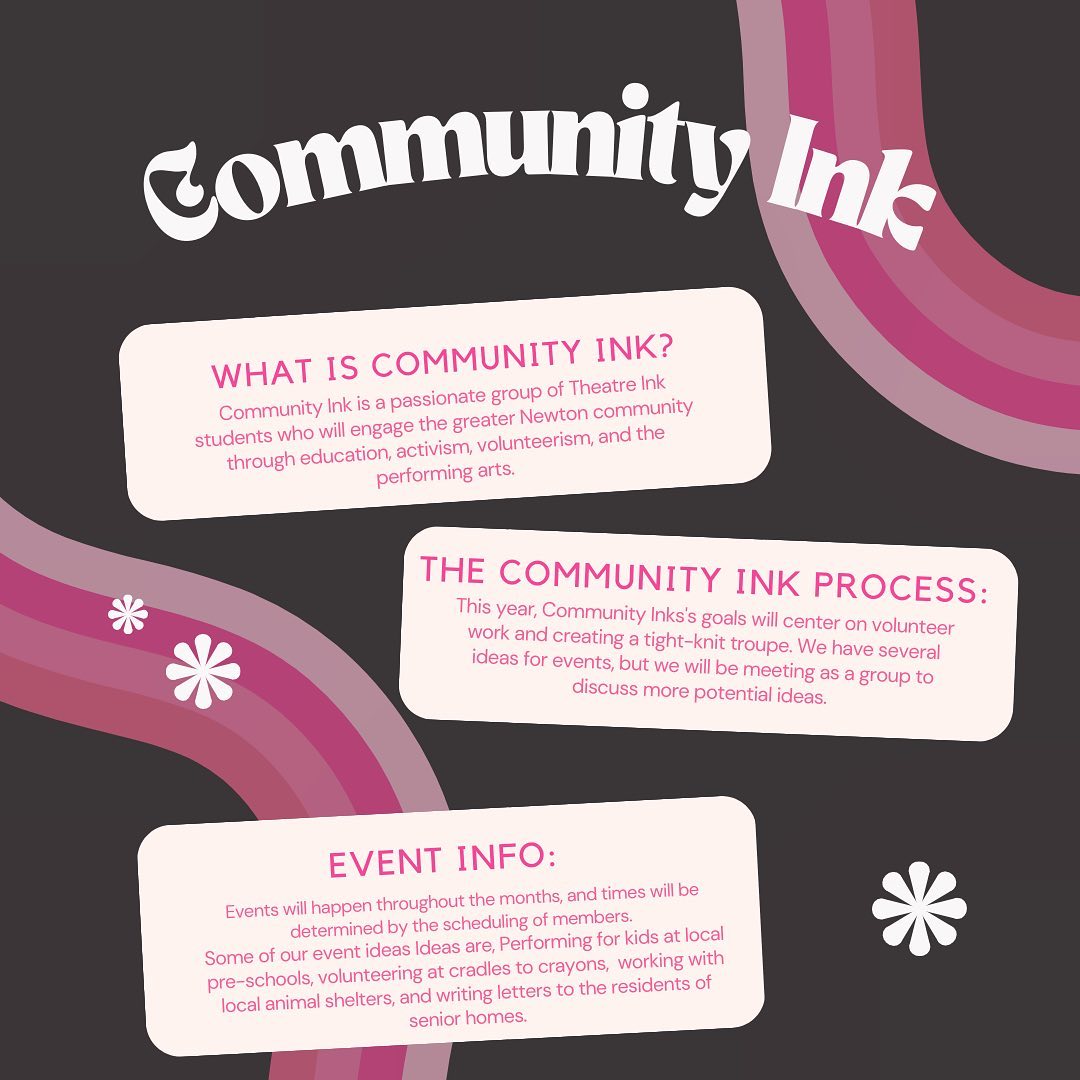
Recently, our school finally switched its 9.0 grade point average scale to one colleges understand, a 5.0 scale. This is a no-brainer, right?
Our school was one of the only schools that had a 9.0 GPA scale, and, as a result, colleges had to convert it to a 5.0 scale. With the new scale, colleges no longer have to convert students’ grades.
Even South had a 5.0 scale, so lining up our scale with another school in the same town makes sense.
Most importantly, the new scale more accurately represents student’s grades.
The switch puts less emphasis on honors and Advanced Placement classes. For example, in the old scale, a B in an AP class would equal an A in a curriculum I class. In the new scale, a B+/A- average in curriculum I would equal an A in an AP class.
While this is a huge downgrade for AP and honors students, the new scale more accurately represents most student’s grades. In the old scale, the highest GPA a student in a curriculum II class could receive was a 7.0, or the equivalent of a C in an honors or AP class. Now, students taking curriculum II classes can get a 4.0, which is equivalent to a B in an honors or AP class.
The old scale was not representative of the work students in curriculum II classes do. A curriculum II class covers all the material curriculum I students do, but just at a slower pace and with more teacher supervision. Thus, the work curriculum II students do is not equivalent to a maximum GPA of 7.0 on the 9.0 scale.
It’s best if we leave the 5.0 scale as is, and not try to make it even more confusing by switching it to an even crazier decimal point system, as suggested by others. The new 5.0 scale better represents student’s grades and makes the college process easier on colleges.









































